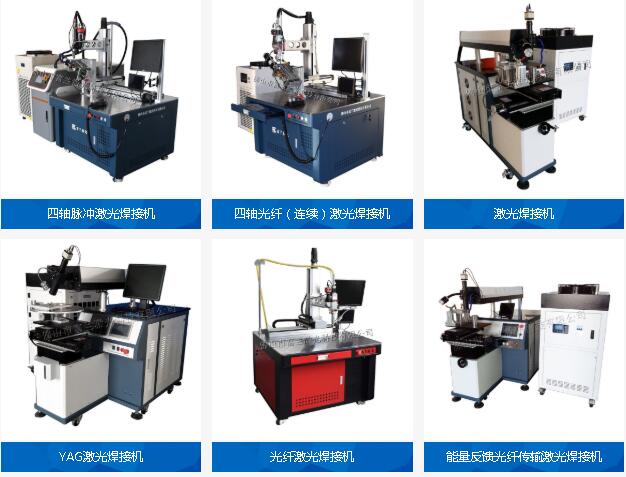

Foshan Fulan Laser Technology Co., Ltd.
National Hotline: 0757-29899345
Manager Wen: 18902563402
Fax: 0757-29899345
Business QQ: 2801827697
E-mail: china@fsfulan.com
Address: No.14, Leliu Port Intensive Industrial Zone, Shunde District, Foshan CityThe high-tech zone almond altar town, shunde, foshan city shun industry west road no. 15 cimc valley 20 9 / f, building B
Shielding gas is an inert gas used to protect the molten pool during laser welding. Some materials can be welded without considering the surface oxidation. Shielding gas is not needed. However, for most applications, it is necessary to use shielding gas. Briefly talk about the role, types and precautions of shielding gas. To
1. The role of protective gas:
1. Shielding gas can protect the workpiece from oxidation during welding.
2. Protect the focusing lens from metal vapor pollution and splashing of liquid droplets.
3. It can dissipate the plasma shield produced by high-power laser welding.
2. Common types of protective gas:
1. Helium (He): It is not easy to ionize (higher ionization energy), allowing the laser to pass smoothly, and the beam energy can reach the surface of the workpiece without hindrance. This is the most effective shielding gas used in laser welding, but it is more expensive.
2. Argon (Ar): The density is higher, so the protection effect is better. However, it is susceptible to high-temperature metal plasma ionization, which shields part of the beam from reaching the workpiece, reduces the effective laser power for welding, and also damages the welding speed and penetration. The material melts deeper than nitrogen, and the price is about twice that of nitrogen.
3. Nitrogen (N2): Due to metallurgical problems, such as absorption, pores are sometimes generated in the overlap area, so it is not suitable for welding certain types of stainless steel. As the cheapest shielding gas, it is currently the most widely used shielding gas for users.
3. Matters needing attention when using protective gas:
1. If the protective gas cylinder is not opened or the airflow direction is wrong, it will cause the welding seam to oxidize and the welding seam to become black.
2. To properly control the shielding gas flow, if the flow is too large, it may cause cracks in the weld.
3. For some materials, shielding gas should not be used in order not to affect the welding penetration.
4. In order to effectively protect the lens and prevent metal vapor pollution or metal splash from damaging the lens, the size and flow of the nozzle must be controlled, otherwise the laminar flow of the shielding gas will become turbulent, and the atmosphere will be drawn into the molten pool and eventually form pores.
